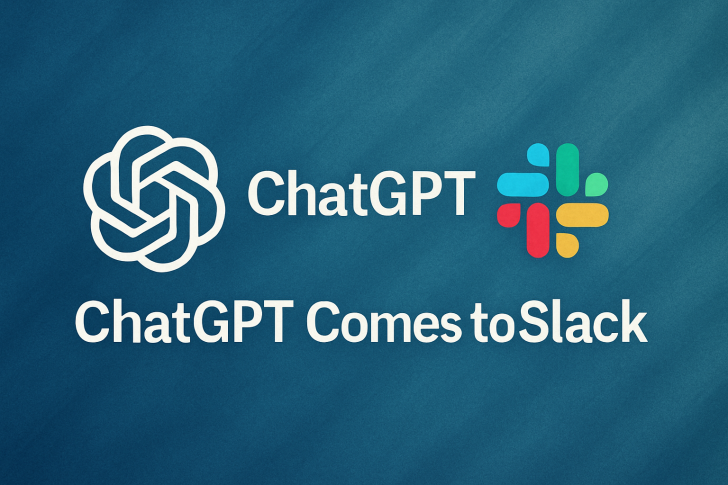The move puts AI-powered assistance right where teams already spend most of their workday, competing directly with Microsoft's push to embed Copilot into Teams.
What's New
In a recent tweet, Tibor Blaho highlighted that OpenAI just launched two new ways to use ChatGPT inside Slack, available for Plus, Pro, Business, and Enterprise/Edu subscribers. The company released a ChatGPT App for Slack that lives in a sidebar and lets you chat with the AI privately. It can pull up summaries of long threads, help you write replies, and search through your Slack messages and files. You'll need a paid Slack plan to use it.
There's also a ChatGPT Connector for Slack, which goes a step further by securely accessing your channels and DMs to give ChatGPT better context. This makes a real difference when you're using features like Deep Research or Agent Mode, where understanding the full conversation matters.
The key benefits include:
- Less time spent scrolling through endless message threads
- Fewer misunderstandings thanks to context-aware responses
- Built with enterprise security in mind, addressing common business concerns
- AI that learns from your actual work conversations
Slack already sits at the heart of how thousands of companies operate. Now it's becoming a platform where routine communication tasks can happen automatically, freeing people up for work that actually needs human judgment.
The Competitive Landscape
This isn't happening in a vacuum. Microsoft has been aggressively integrating Copilot into Teams, and the race to own workplace AI is heating up fast. What started as experimental tech is quickly becoming table stakes for productivity software. Companies now face real questions about costs, how to govern AI access to sensitive data, and whether their teams will actually embrace having an AI assistant watching every conversation.
If the integration takes off, we might see automated meeting summaries posted straight to channels, ChatGPT not just suggesting actions but actually executing them, or analytics that show teams where their communication breaks down. The platform's already there—it's just a matter of how far OpenAI wants to push it.
 Artem Voloskovets
Artem Voloskovets

 Artem Voloskovets
Artem Voloskovets


